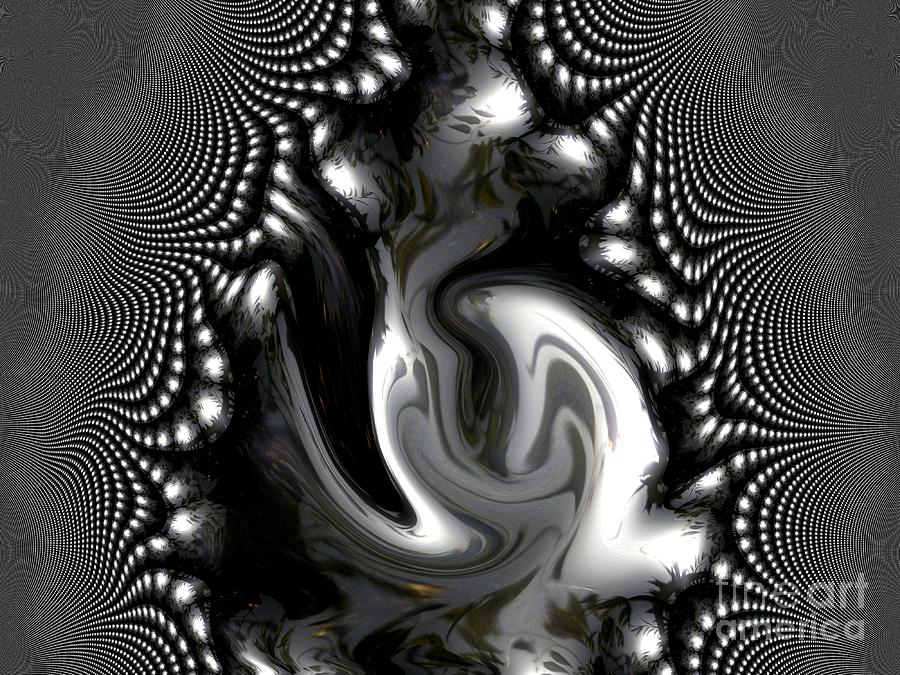
Wilde was born into a prosperous, artistic, socially prominent Catholic family. (Each krewe reportedly spent more than $25,000 a year-an eye-popping $660,000 in today’s dollars-on the annual public parade and an invitation-only masked ball.) Courtesy Louisiana Research Collection, Tulane Universityīorn in Georgia in 1865, Virginia Wilkerson Wilde (known throughout her life as Jennie) lived and worked in what many historians consider the golden age of Carnival-the period that stretched from the late 19th century to the early 1930s, when krewes spent big money trying to outdo one another in the pre-Lenten party business. Wilde’s “Such Stuff As Dreams Are Made On” float design for the 1911 parade. For years she provided these wealthy white men with make-believe wardrobes any 6-year-old would be thrilled to wear: heavily beaded capes with lemon-yellow lining, scepters with dangling strings of stars, crowns packed with jewels.Īs today’s designers prepare their floats and costumes for next year’s Carnival, Wilde’s story, set in a competitive world of secretive, exclusionary clubs and rival designers, deserves a fresh appraisal-and a front-and-center place in the history of New Orleans’ biggest party. The trove of original watercolor designs published by Tulane showcase Wilde’s unique ability to transform krewe members into royals, gods, demons, women, or whatever else they fancied. Yet without her acrobatic imagination and prolific, Art Nouveau-ish work-at a time when float and costume design was dominated by men-many of the era’s greatest artistic achievements would never have come to pass.
WARPED REALITY ART ARCHIVE
Though Tulane University published 5,500 Mardi Gras watercolor sketches-many of them Wilde’s-from its digital archive in 2012, she remains an obscure figure today. The intervening years haven’t been much kinder to Wilde, publicity-wise, or more revealing. Courtesy Louisiana Research Collection, Tulane University Two of Wilde’s 1911 costume designs for the Mistick Krewe of Comus, the oldest Mardi Gras krewe in New Orleans.
WARPED REALITY ART FREE
Each krewe concealed its membership rolls and staff artists’ names, as a way to both preserve mystery and keep its inner workings free from public scrutiny. Back then, the making of Carnival (the local term for Mardi Gras) was a secretive affair, kept under wraps by the wealthy social organizations, called krewes, that funded it.

Her name was absent from the glowing press coverage of the annual festivities, and left off the illustrated broadsides that parade-goers snatched up for a dime.

Yet Wilde was never publicly credited for her groundbreaking designs. (Though most of New Orleans donned costumes for Mardi Gras, only wealthy white men were permitted to ride on parade floats.) That year, Wilde designed 20 original floating set pieces and approximately 100 costumes-fabric fantasias that allowed the richest men in Louisiana to forget themselves for an evening and revel in a dream world. If you stood on Canal Street in New Orleans on the night of February 28, 1911, you would have seen green monsters rolling on a sea filled with giant poppies, grapes the size of your head, and deep-pocketed businessmen in glittery nymph costumes waving at the assembled crowd.įor Jennie Wilde, a designer responsible for two decades of artfully outlandish Mardi Gras spectacles, that was “such stuff as dreams are made on”-her spin on Shakespeare’s famous line, interpreted for the 1911 “Familiar Quotations”-themed Mardi Gras parade.


 0 kommentar(er)
0 kommentar(er)
